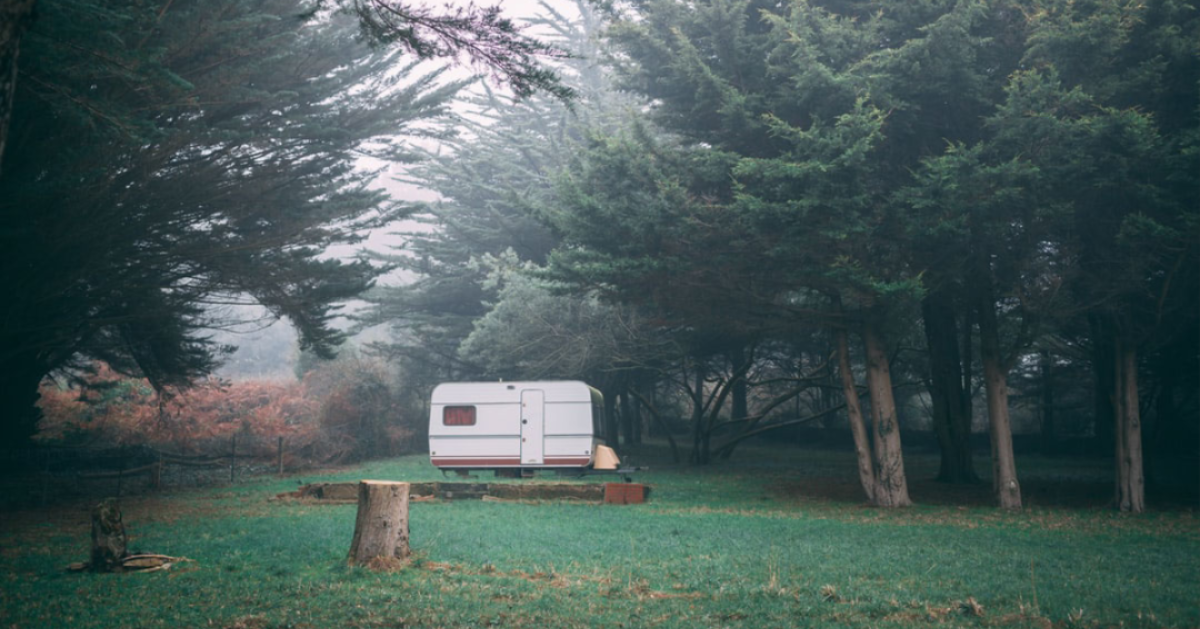The high-profile story of a full-time RVing couple found in a shallow grave on a Padre Island beach near Corpus Christie, Texas, has a lot of travelers reconsidering the safety of the practice of “boondocking” — camping on public lands, generally in remote locations. James and Michelle Butler had been traveling the U.S. since 2018 but disappeared in mid-October. Police said their truck and RV trailer crossed the U.S.-Mexico border without them. They were later found dead, a chilling reminder of how vulnerable we may be in this lifestyle.
Is America getting more dangerous, particularly in remote areas? Or is this just one of a few news stories spread over this country’s million or more full-time RVers?
It’s practically impossible to narrow down violent crime stats to find exactly what we need to know, but there are some numbers that are very revealing. First off, rural crime. Many cite boondocking as a particularly safe practice because it happens away from town, where all the people are. And people commit crimes. That’s certainly true when you look at raw violent crime numbers, but it’s important to put it into a per-capita context. Raw numbers never tell the story when it comes to stuff like this. Believe it or not, in the last few years, violent crime in rural areas has begun to outpace violent crime in cities per capita. As of 2018, the rural crime rate is now above the national average.
Public lands aren’t exactly the same thing as rural areas, however. It’s hard to lock down any meaningful public land statistics, but it’s notable that there is a law enforcement problem on federally managed lands. A GAO report cited a 19% drop in the ranks of officers at the U.S. Forest Service between 2013 and 2018. The Bureau of Land Management saw a 9% drop and now has one officer in the field for every 1.2 million acres the agency oversees.
So it’s not so clear if it’s any safer to camp in the boondocks than in town. But despite a national perception that America is getting more and more dangerous by the minute, it’s been a long time since we’ve been this safe overall. Violent crime in the US has nearly halved since highs in the early 1990s, almost 30 years ago. There were 382.9 violent crimes per 100,000 people in 2018, compared with 758.2 in 1991.
What about border states? If you hear people mention that crime is higher near the border, they’re again not talking per-capita. Nearly 2/3 of Americans live within 100 miles of a border. If we look specifically along the U.S.-Mexico border, the counties that run the length of our southern edge are actually 8% safer than the national average.
James and Michelle Butler’s tragedy has a lot of RVers, especially full-timers on edge. And it should. Two completely undeserving people lost their lives senselessly. America may not be as dangerous a place as the national narrative would have us believe, but it’s still just as important to watch our backs. In the grand scheme of things, one couple’s terrible misfortune probably shouldn’t have us all re-considering the boondocking lifestyle. In my next piece, I’ll be talking about ways to stay safe on the road and in out in the wilderness.





